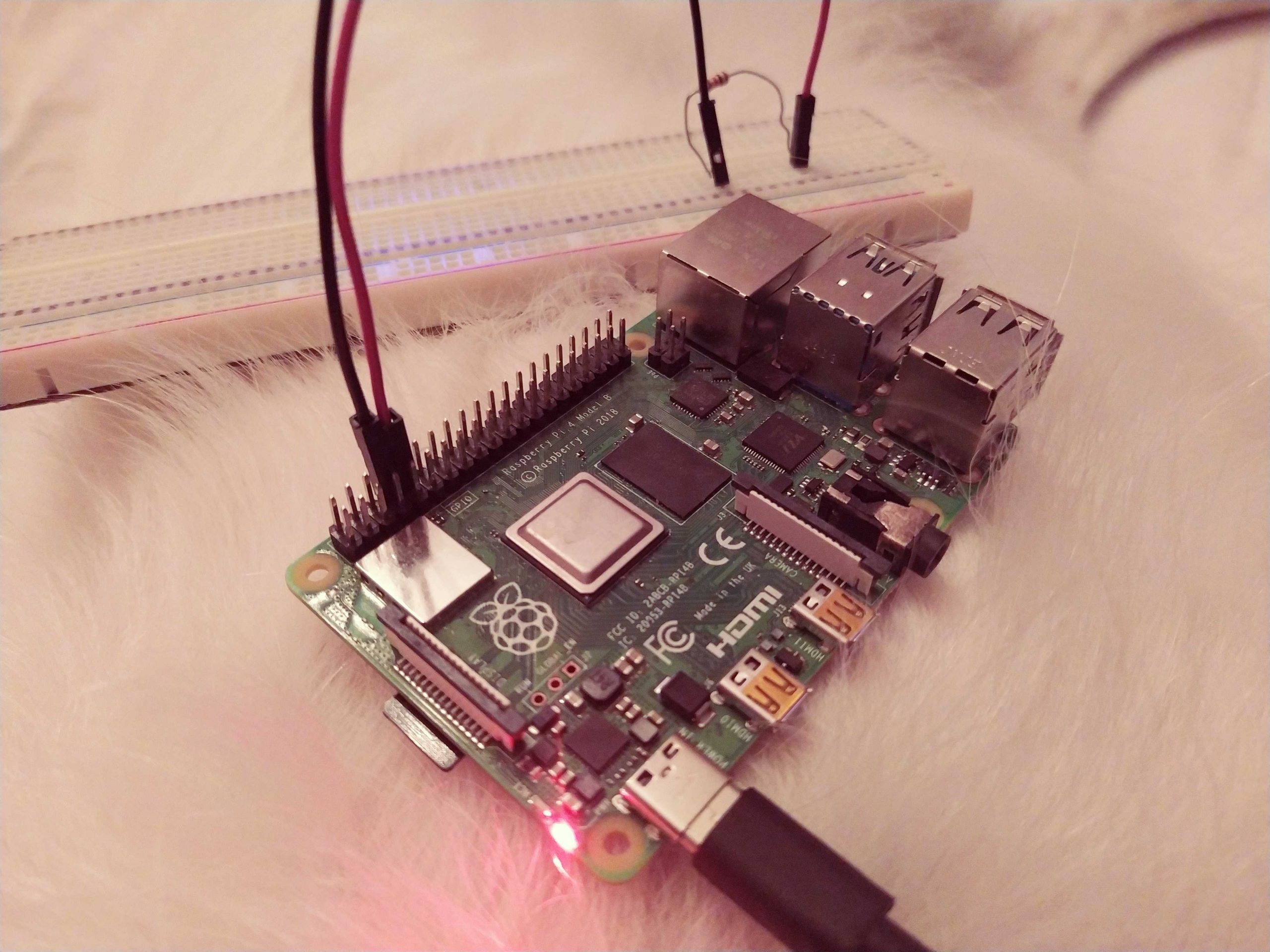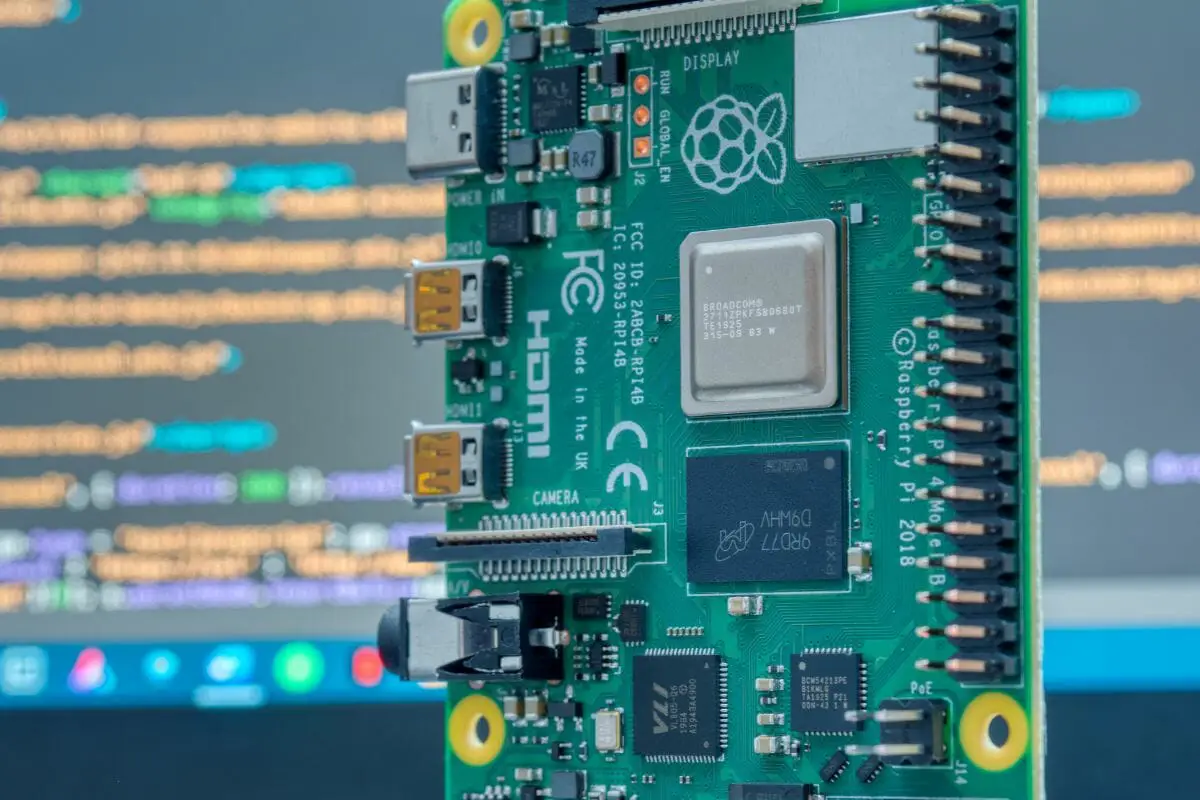Raspberry Pi Firewall: Setup & Allow Ports For Security
Is your Raspberry Pi a digital fortress or a welcoming doorway for unwanted guests? The answer hinges on one crucial element: a properly configured firewall.
In a world increasingly reliant on interconnected devices, the security of your Raspberry Pi is paramount. These versatile mini-computers, capable of everything from home automation to sophisticated server tasks, are prime targets for cyber threats. Without robust security measures, including a well-defined firewall, your Pi could become vulnerable, exposing your data and network to malicious actors. This article delves into the intricacies of Raspberry Pi firewalls, specifically focusing on how to allow specific ports to ensure both security and operational efficiency.
This guide provides a comprehensive overview of Raspberry Pi firewalls, focusing on allowing specific ports to ensure smooth communication while maintaining security. It will cover everything from the fundamental steps to advanced configuration, giving you the knowledge to effectively protect your Raspberry Pi.
- Secure Remote Access Raspberry Pi Remoteiot Vpc Ssh
- Remoteiot Send Iot Notifications Free Effortlessly
Table of Contents
- Introduction to Raspberry Pi Firewall
- Why Use a Firewall on Raspberry Pi?
- Understanding Firewalld on Raspberry Pi
- Setting Up Firewalld
- How to Allow Specific Ports
- Best Practices for Securing Your Raspberry Pi
- Troubleshooting Common Issues
- Advanced Configuration Options
- Raspberry Pi Firewall Allow Port Examples
Introduction to Raspberry Pi Firewall
A Raspberry Pi firewall is a critical line of defense for your device, acting as a vigilant gatekeeper controlling all incoming and outgoing network traffic. It operates based on a set of pre-defined rules, carefully inspecting each data packet and determining whether it should be allowed to pass through or be blocked. By meticulously configuring your Raspberry Pi firewall, you have granular control over which network ports are open and accessible, and which ones remain closed, thereby ensuring that only authorized and legitimate traffic is permitted.
Firewalls are not merely optional; they are an essential component for any device connected to a network, and this is especially true for the Raspberry Pi. These miniature computers, often employed in sensitive applications and environments, become attractive targets for malicious actors. Whether your Raspberry Pi is acting as a web server, managing SSH connections, or functioning as a media server, understanding and configuring a Raspberry Pi firewall is crucial to thwarting unauthorized access attempts and safeguarding your valuable data.
One of the most common tasks in setting up a Raspberry Pi firewall is allowing specific ports to facilitate necessary network communication. For instance, if you're running a web server, you'll need to permit traffic on ports 80 (HTTP) and 443 (HTTPS) to ensure your website is accessible. Similarly, for remote access via SSH, traffic on port 22 must be explicitly allowed. This article provides a detailed, step-by-step guide to configuring your Raspberry Pi firewall and allowing specific ports, empowering you to take control of your device's network security.
- Build A Free Remote Iot Vpc Network With Raspberry Pi
- Catriona Gray Sam Milby Split What Happened Breaking
Why Use a Firewall on Raspberry Pi?
Implementing a firewall on your Raspberry Pi is a non-negotiable step, essential for a multitude of reasons. First and foremost, it acts as a robust security measure, effectively blocking unauthorized access attempts to your device. Without a firewall in place, your Raspberry Pi becomes vulnerable to attacks from malicious actors, who might try to exploit open ports or inherent vulnerabilities in the software running on your device.
Beyond security, a firewall can also significantly boost your Raspberry Pi's performance by filtering out unwanted and unnecessary network traffic. By allowing only the required ports to remain open and blocking all other traffic, you can reduce the processing load on your Raspberry Pi's CPU and ensure that it operates smoothly and efficiently, even under heavy network activity.
Finally, a well-configured firewall provides invaluable peace of mind. Knowing that your Raspberry Pi is actively protected from potential threats gives you the confidence to deploy it for a variety of applications, whether it is the central hub of your home automation system, a dedicated media server, or your primary development platform. A secure Raspberry Pi is a reliable Raspberry Pi.
Understanding Firewalld on Raspberry Pi
What is Firewalld?
Firewalld is a powerful and dynamic firewall management tool specifically designed to streamline the configuration and management of firewall rules on your Raspberry Pi. It provides a user-friendly interface, and importantly, it offers extensive support for both IPv4 and IPv6 network protocols. Firewalld simplifies the often complex task of managing firewall rules, eliminating the need to manually edit configuration files, making it an excellent choice for both novice and experienced users.
One of the most advantageous features of Firewalld is its concept of "zones." Zones allow you to define varying levels of trust for the different networks your Raspberry Pi connects to. For example, you can establish a "trusted" zone for your home network, where you may want to allow more open communication, and a "public" zone for external networks, where more restrictive rules apply. This flexibility makes it easy to tailor your firewall rules to the specific network environment that your Raspberry Pi is operating in, enhancing your overall security posture.
Advantages of Using Firewalld
- Dynamic rule management without restarting the firewall
- Support for both IPv4 and IPv6
- Zone-based configuration for different network environments
- Easy-to-use command-line interface
- Integration with systemd for seamless system management
Setting Up Firewalld
Before you can begin configuring your Raspberry Pi firewall to allow specific ports, the Firewalld service itself must be installed and properly set up on your system. The following steps guide you through the process of getting started:
Step 1
To install Firewalld on your Raspberry Pi, you need to open a terminal window and execute the following commands. These commands will update your package lists and install the Firewalld package, making it ready for configuration:
sudo apt update
sudo apt install firewalld
Step 2
Once Firewalld has been successfully installed, the next critical step is to start the Firewalld service and configure it to automatically start whenever your Raspberry Pi boots up. This ensures that your firewall protection is always active:
sudo systemctl start firewalld
sudo systemctl enable firewalld
Step 3
To confirm that Firewalld is running correctly, and that your installation has been successful, you can check its current status. This will provide you with information about the service's active state and any potential error messages:
sudo firewall-cmd --state
How to Allow Specific Ports
With Firewalld installed and running, allowing specific ports on your Raspberry Pi firewall is a straightforward process. Follow these steps to grant access to specific network ports, allowing your Raspberry Pi to communicate on those ports while still maintaining its overall security posture:
Step 1
To allow traffic on a particular port, you will use the following command. Remember to replace "port_number" with the specific port number you need to open, and "protocol" with either "tcp" or "udp" as appropriate for the service you're configuring. The "--permanent" option ensures the rule persists after a system reboot:
sudo firewall-cmd --add-port=port_number/protocol --permanent
For example, to allow incoming traffic on port 80 for HTTP (using TCP protocol), the command would be:
sudo firewall-cmd --add-port=80/tcp --permanent
Step 2
After you have added the desired port(s), you must reload Firewalld to apply the changes. This ensures that the new rules take effect without requiring a full system restart:
sudo firewall-cmd --reload
Step 3
To confirm that the port has been added successfully and is now open, you can check the currently active ports. This will give you visual confirmation that your configuration changes have taken effect:
sudo firewall-cmd --list-ports
Best Practices for Securing Your Raspberry Pi
While configuring a Raspberry Pi firewall is an essential step in securing your device, it represents only one part of a holistic security strategy. There are other critical best practices you should adopt to maximize the protection of your Raspberry Pi against potential threats and vulnerabilities:
- Strong Passwords and Two-Factor Authentication: Implement strong, unique passwords for all user accounts and enable two-factor authentication (2FA) wherever possible. This adds an extra layer of security, even if your password is compromised.
- Keep Operating System and Software Updated: Regularly update your Raspberry Pi's operating system (Raspberry Pi OS) and all installed software packages. Updates often include critical security patches that address known vulnerabilities.
- Disable Unnecessary Services and Close Unused Ports: Disable any services that you are not actively using, and close any unused ports on your firewall. This reduces the attack surface and minimizes potential entry points for attackers.
- Regularly Back Up Your Data: Implement a regular backup strategy to safeguard your data against loss, whether due to hardware failure, accidental deletion, or a successful cyberattack.
- Monitor Your System for Suspicious Activity: Actively monitor your system logs for suspicious activity. Look for unusual login attempts, unexpected network connections, or other indicators of a potential security breach.
Troubleshooting Common Issues
Even with careful configuration, it's not uncommon to encounter issues when setting up and managing a Raspberry Pi firewall. Here are solutions to some of the most frequent problems you may encounter:
Issue 1
If you have added a port but are experiencing difficulty connecting to it, double-check the command you used to add the port, and ensure you have reloaded Firewalld to apply the changes. You might also try restarting the Firewalld service:
sudo systemctl restart firewalld
Issue 2
If your firewall rules don't remain in effect after a system reboot, confirm that you have used the "--permanent" flag when adding the rules. You can also try resetting the firewall to its default configuration and then re-adding your desired rules:
sudo firewall-cmd --complete-reload
Advanced Configuration Options
For users who require more nuanced control over their Raspberry Pi firewall, Firewalld offers a range of advanced configuration options. These tools allow for more complex rule sets and greater customization of your firewall's behavior:
Custom Zones
Create custom zones to apply different sets of rules to different networks that your Raspberry Pi connects to. For example, you could create one zone for your home network and another for a public Wi-Fi network, applying stricter rules to the public zone.
Rich Rules
Rich rules provide the flexibility to define more intricate firewall rules, such as allowing traffic only from specific IP addresses or only during certain times of the day. They provide granular control for advanced use cases.
Raspberry Pi Firewall Allow Port Examples
Example 1
To permit secure shell (SSH) traffic, which is vital for remote access and management of your Raspberry Pi, you can use the following commands:
sudo firewall-cmd --add-service=ssh --permanent
sudo firewall-cmd --reload
Example 2
To enable web traffic, whether accessing your Pi's web server or allowing web-based applications to function, you can allow traffic on ports 80 (HTTP) and 443 (HTTPS):
sudo firewall-cmd --add-service=http --permanent
sudo firewall-cmd --add-service=https --permanent
sudo firewall-cmd --reload


Detail Author:
- Name : Mr. Robert Oberbrunner
- Username : qbotsford
- Email : florence43@yahoo.com
- Birthdate : 1997-11-11
- Address : 75463 Rolfson Plaza New Sasha, AZ 01588
- Phone : 586-246-8475
- Company : Hilpert and Sons
- Job : Lawn Service Manager
- Bio : Est fugiat voluptatum non ex cum. Nesciunt quisquam ducimus quo quas atque ipsam praesentium.
Socials
linkedin:
- url : https://linkedin.com/in/adeline_dev
- username : adeline_dev
- bio : Expedita fuga enim quia.
- followers : 2794
- following : 1728
facebook:
- url : https://facebook.com/adeline7267
- username : adeline7267
- bio : Eveniet eum voluptate consequuntur molestias.
- followers : 524
- following : 972
tiktok:
- url : https://tiktok.com/@awintheiser
- username : awintheiser
- bio : Esse dolorum aliquam sequi unde sint architecto provident.
- followers : 1749
- following : 2188